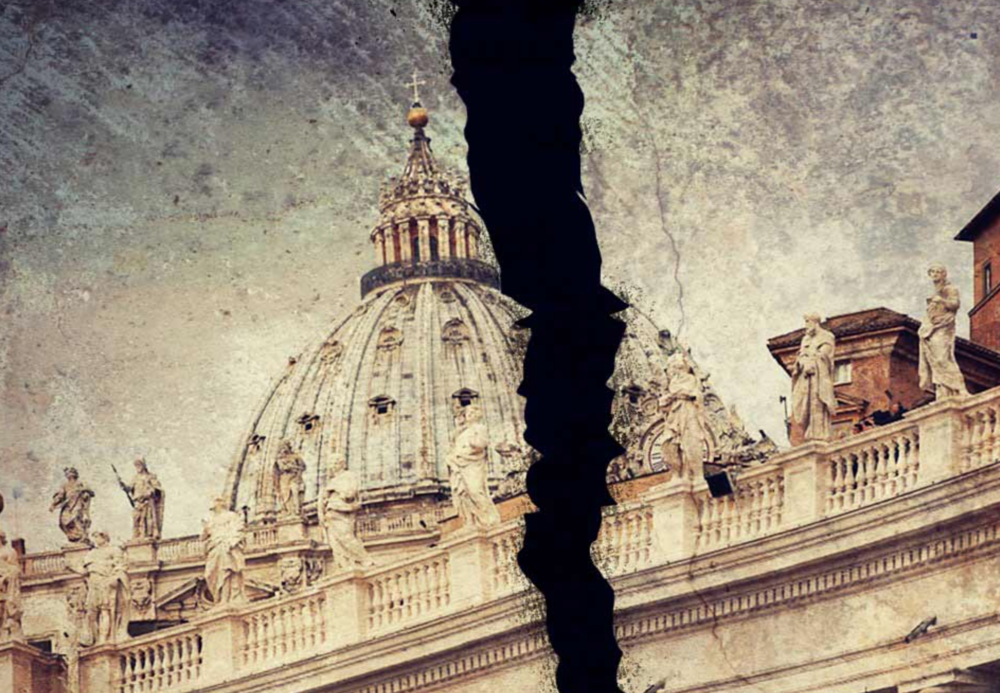Another week and yet another headline about Pope Francis feuding with a doctrinally conservative American prelate.
It’s become an all-too-common story and one that the legacy media often can’t resist.
It was late last month that the pope lamented what he called a “reactionary” Catholic church in the United States, where he said political ideology had replaced faith. Pope Francis had made the comments on August 5 in a private meeting in Lisbon — published three weeks later by the Jesuit journal Civilta Cattolica — with members of the Jesuit order, of which he is a member, during his trip for World Youth Day.
The pope’s comments, and the expected fallout, were widely covered by both the secular and Catholic press in the United States and abroad.
The latest salvo in this transatlantic war-of-words took place last week, on Sept. 11, when The Pillar reported that the pope had “discussed with Vatican officials the prospect of requesting the resignation of Bishop Joseph Strickland of the Diocese of Tyler, Texas.”
This is what The Pillar reported:
The pope met Sept. 9 with Archbishop Robert Prevost, OSA, head of the Dicastery for Bishops, and Archbishop Christophe Pierre, apostolic nuncio to the United States — both cardinals-elect.
Several sources close to the dicastery told The Pillar ahead of the meeting that the prelates would present the pope with the results of an apostolic visitation of Stickland’s diocese, conducted earlier this year, as well as subsequent public actions by the bishop, who has emerged as an outspoken critic of the Holy Father.
“The situation of Bishop Strickland is the agenda,” one senior official close to the dicastery told The Pillar, “and the expectation is that the Holy Father will be requesting his resignation — that will certainly be the recommendation put to him.”
While noting that the papal audience did not exclusively concern the Bishop of Tyler, who has previously accused the pope of having a “program [for] undermining the Deposit of Faith,” the official said that Strickland’s case was set to be the “primary point of discussion.”










